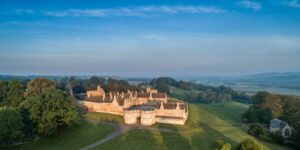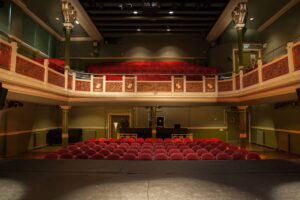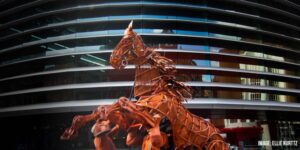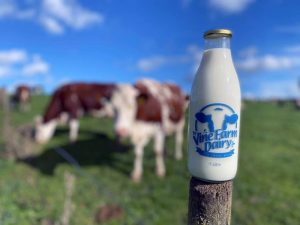1620s House & Garden
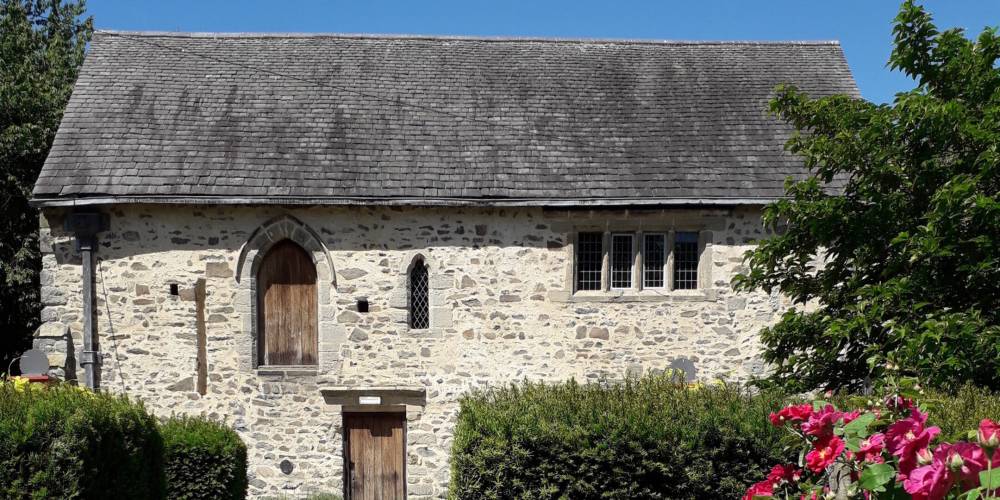

A house of plotting, witchcraft and enlightenment
Discover what it was really like to live in the 1600s as you uncover the history of the gunpowder plot, the age of enlightenment and witchcraft. Explore the extensive gardens and stunning landscape of the National Forest as you step back in time.
There’s an enchanting stone-built house on the outskirts of Coalville that’s the dictionary definition of charm. However, once you’ve walked up its flower-lined path with its immaculately trimmed hedges, inside you’ll discover its past has a dark side.
Despite its name, The 1620s House and Garden at Donnington le Heath was built in the 13th century, and was owned by the church before the tenancy passed to the Catholic Digby family. Although they lived here for a huge chunk of its 700-year history, it was also confiscated by Yorkist King Edward IV, and owned by Ulverscroft Priory until the Dissolution of the Monasteries in 1536. That’s when Henry VIII sold it to the Digbys and they settled in.
An infamous family member, Sir Everard Digby, was part of the Gunpowder Plot of 1605, and when he was executed for his part in the conspiracy, the house belonged to his uncle, John Digby, himself imprisoned for supposedly plotting against Elizabeth I.
Visitors today will see the results of a 1618 refurb, when mod cons of the day were fitted, including large mullioned windows and an upstairs fireplace. As you meet the family, thanks to volunteers bringing the house to life, you’ll hear about plotter’s son, Kenelm Digby, and his role in the Age of Enlightenment and the birth of modern science. In contrast, view graffiti etched into interior wood and stone to ward off evil spirits.
Not your usual museum, its hands-on philosophy invites you to sit on furniture and handle objects. The bed reputedly slept in by Richard III before he rode to battle at Bosworth Field is the one exception.
There are no limits to what you can explore outside amongst the 17th century-style gardens and National Forest woodland, and special events offer costumed living and early music performances to enlighten you further on life in the 1620s.
After being left to decline for a number of years, including use as a farm when the house itself was used as a pig-sty, the county council bought and restored the house. The recreation and restoration brings you right back to its 1620s heyday.
Set among beautiful gardens including a herb garden and maze, the house uses historical recreations, re-enactments, crafts and demonstrations to bring the period to life. And when you’re finished, you can sit down and enjoy refreshments in the tea room.
There’s an enchanting stone-built house on the outskirts of Coalville that’s the dictionary definition of charm. However, once you’ve walked up its flower-lined path with its immaculately trimmed hedges, inside you’ll discover its past has a dark side.
Despite its name, The 1620s House and Garden at Donnington le Heath was built in the 13th century, and was owned by the church before the tenancy passed to the Catholic Digby family. Although they lived here for a huge chunk of its 700-year history, it was also confiscated by Yorkist King Edward IV, and owned by Ulverscroft Priory until the Dissolution of the Monasteries in 1536. That’s when Henry VIII sold it to the Digbys and they settled in.
An infamous family member, Sir Everard Digby, was part of the Gunpowder Plot of 1605, and when he was executed for his part in the conspiracy, the house belonged to his uncle, John Digby, himself imprisoned for supposedly plotting against Elizabeth I.
Visitors today will see the results of a 1618 refurb, when mod cons of the day were fitted, including large mullioned windows and an upstairs fireplace. As you meet the family, thanks to volunteers bringing the house to life, you’ll hear about plotter’s son, Kenelm Digby, and his role in the Age of Enlightenment and the birth of modern science. In contrast, view graffiti etched into interior wood and stone to ward off evil spirits.
Not your usual museum, its hands-on philosophy invites you to sit on furniture and handle objects. The bed reputedly slept in by Richard III before he rode to battle at Bosworth Field is the one exception.
There are no limits to what you can explore outside amongst the 17th century-style gardens and National Forest woodland, and special events offer costumed living and early music performances to enlighten you further on life in the 1620s.
After being left to decline for a number of years, including use as a farm when the house itself was used as a pig-sty, the county council bought and restored the house. The recreation and restoration brings you right back to its 1620s heyday.
Set among beautiful gardens including a herb garden and maze, the house uses historical recreations, re-enactments, crafts and demonstrations to bring the period to life. And when you’re finished, you can sit down and enjoy refreshments in the tea room.

This is just one of many fascinating stories about Leicestershire's rich history, heritage, and culture. Discover more stories.
Features
Key Features
Accessible Parking
Accessibility
Access guide
Accessible parking
Accessible toilets
Wheelchairs or mobility aids provided
